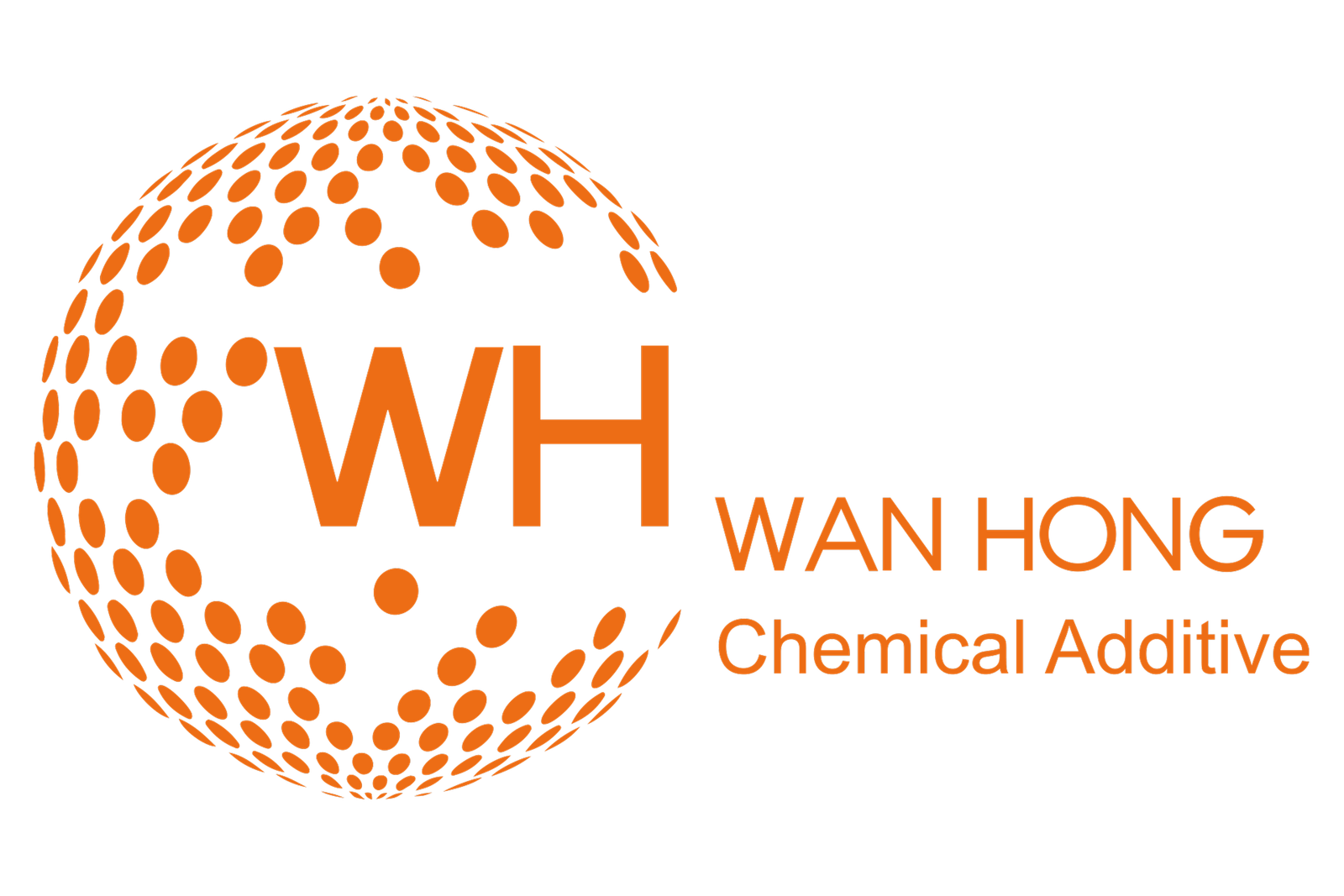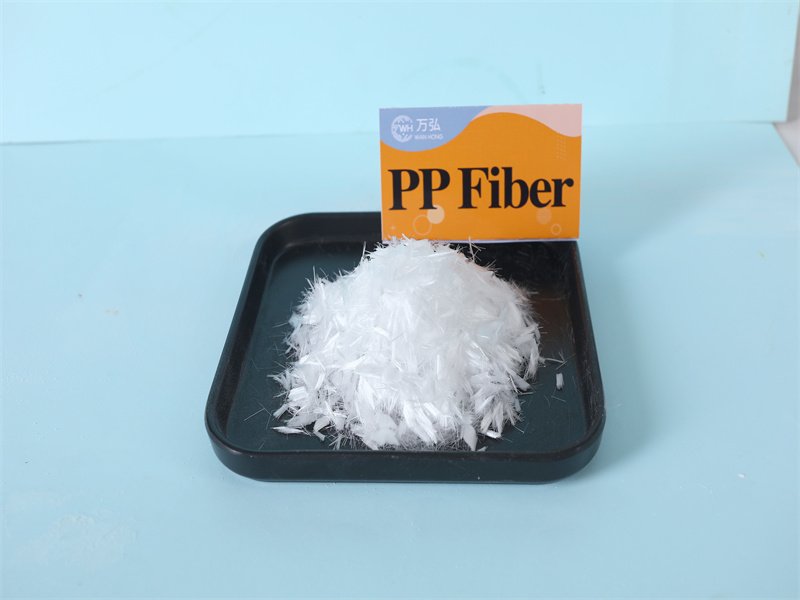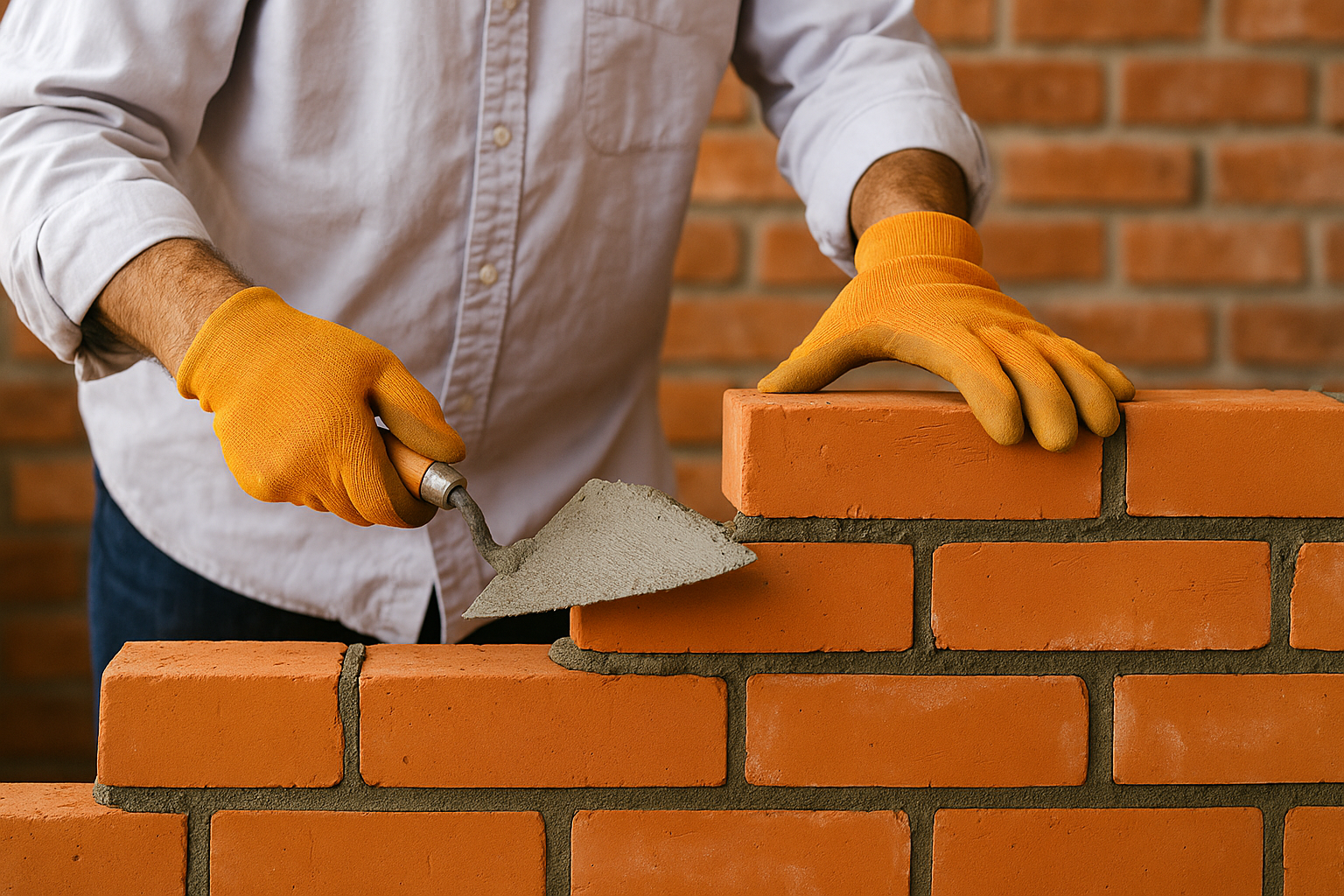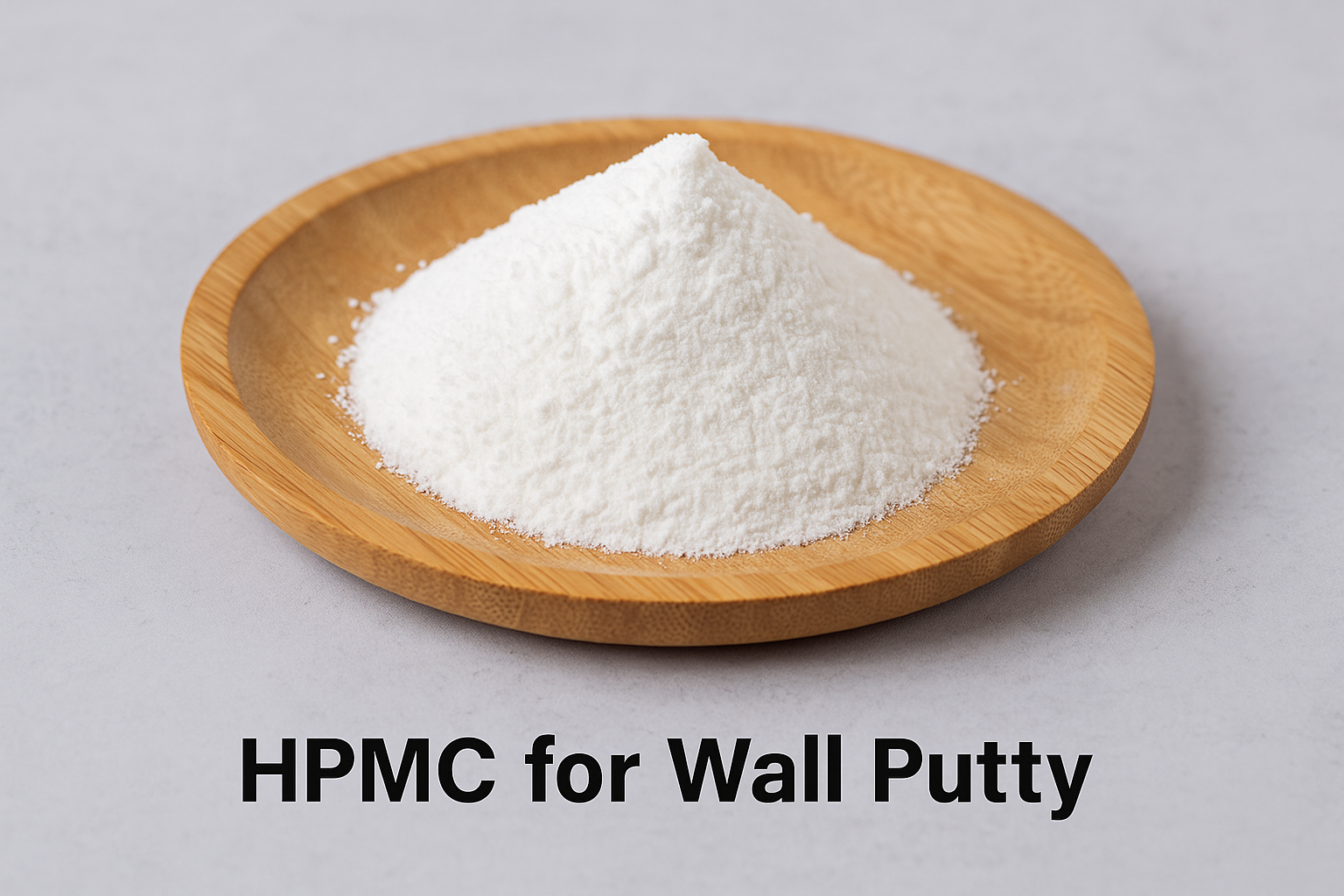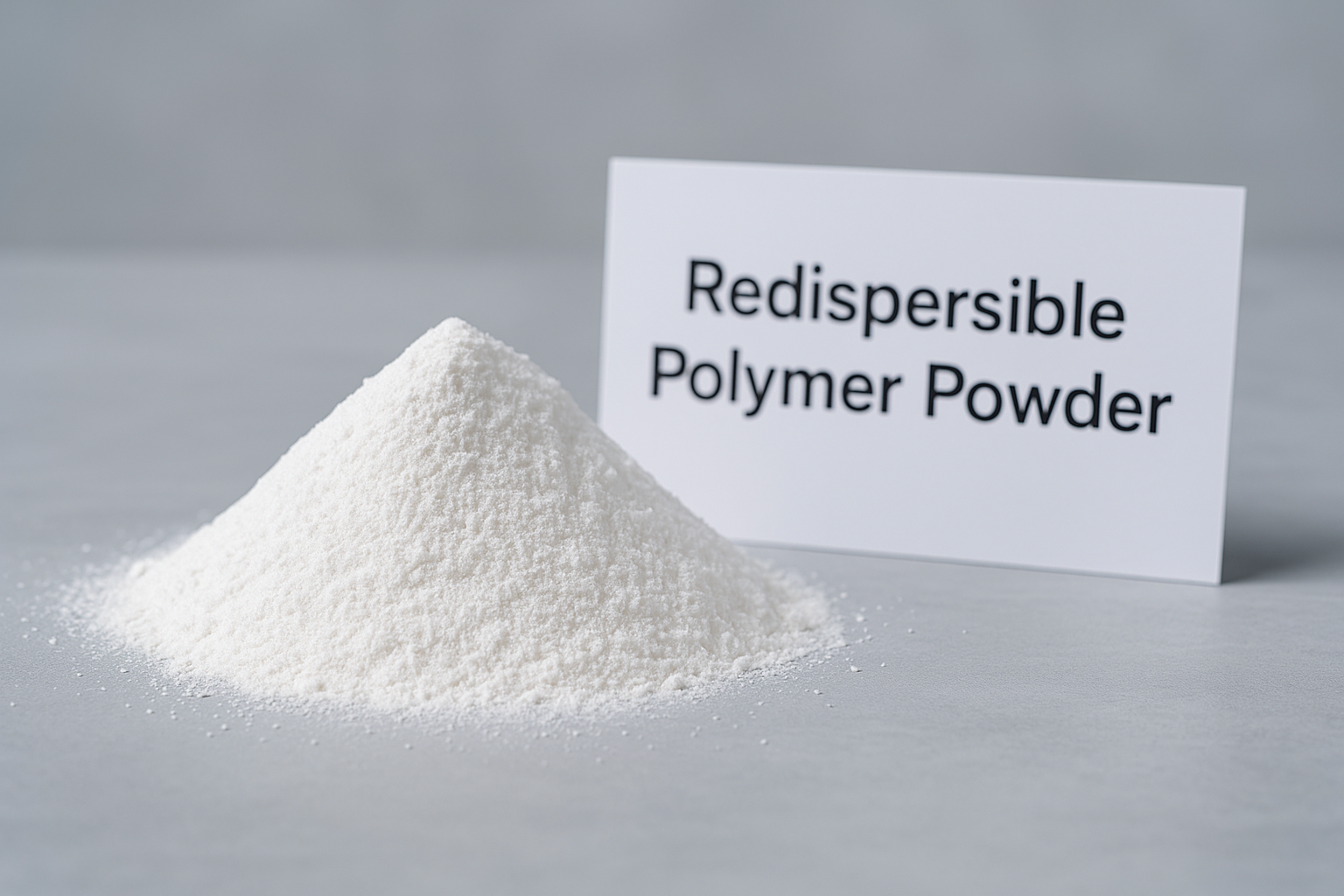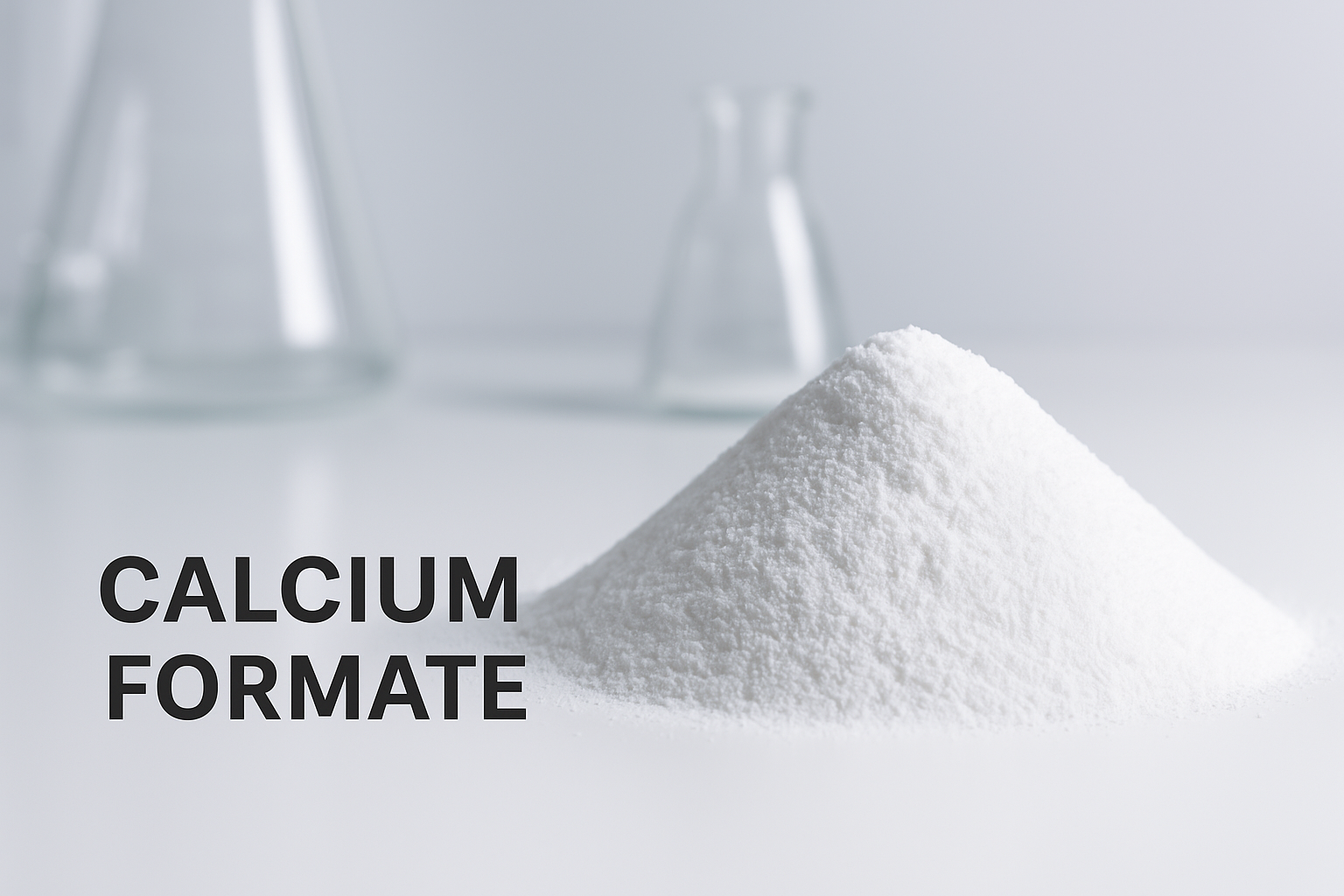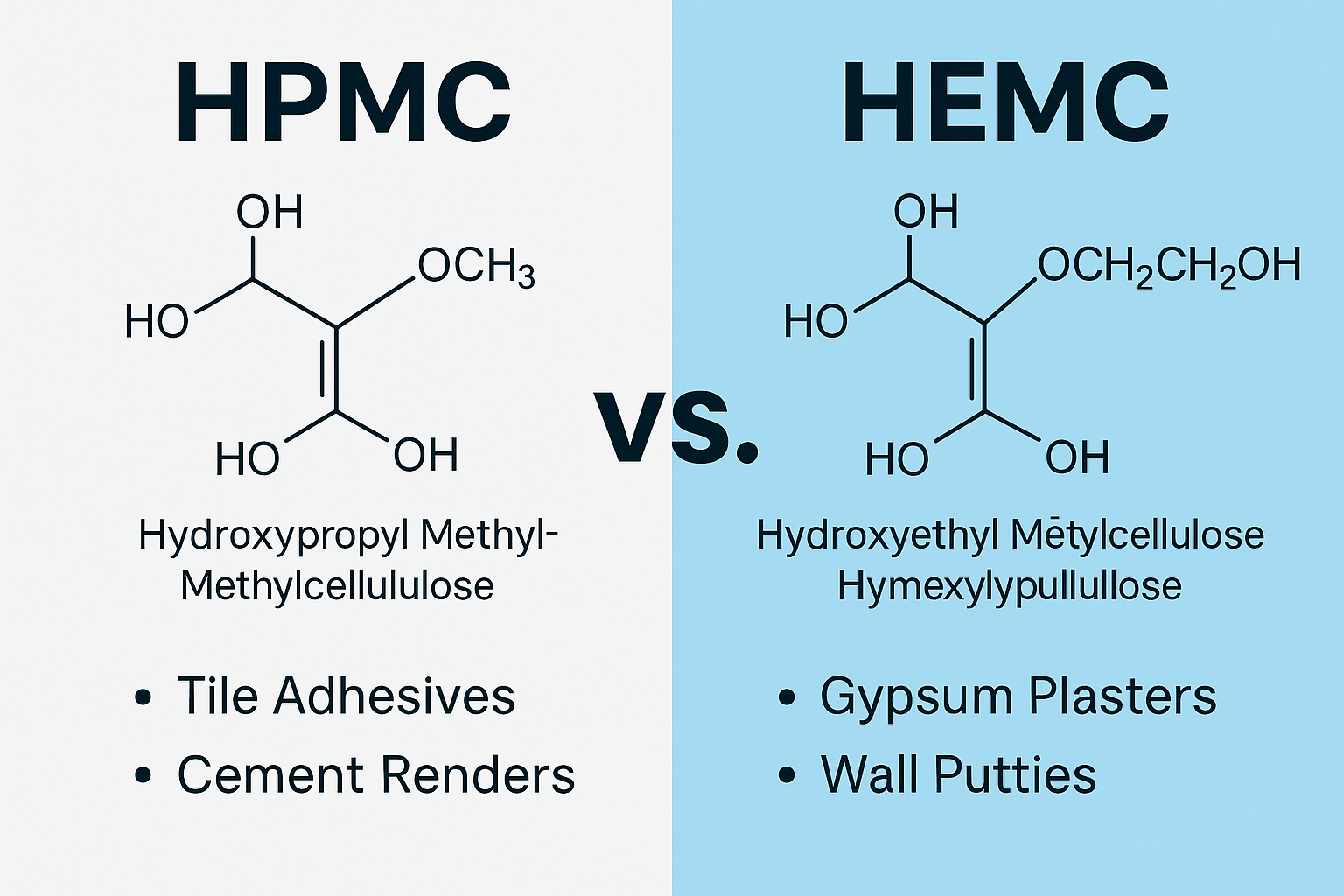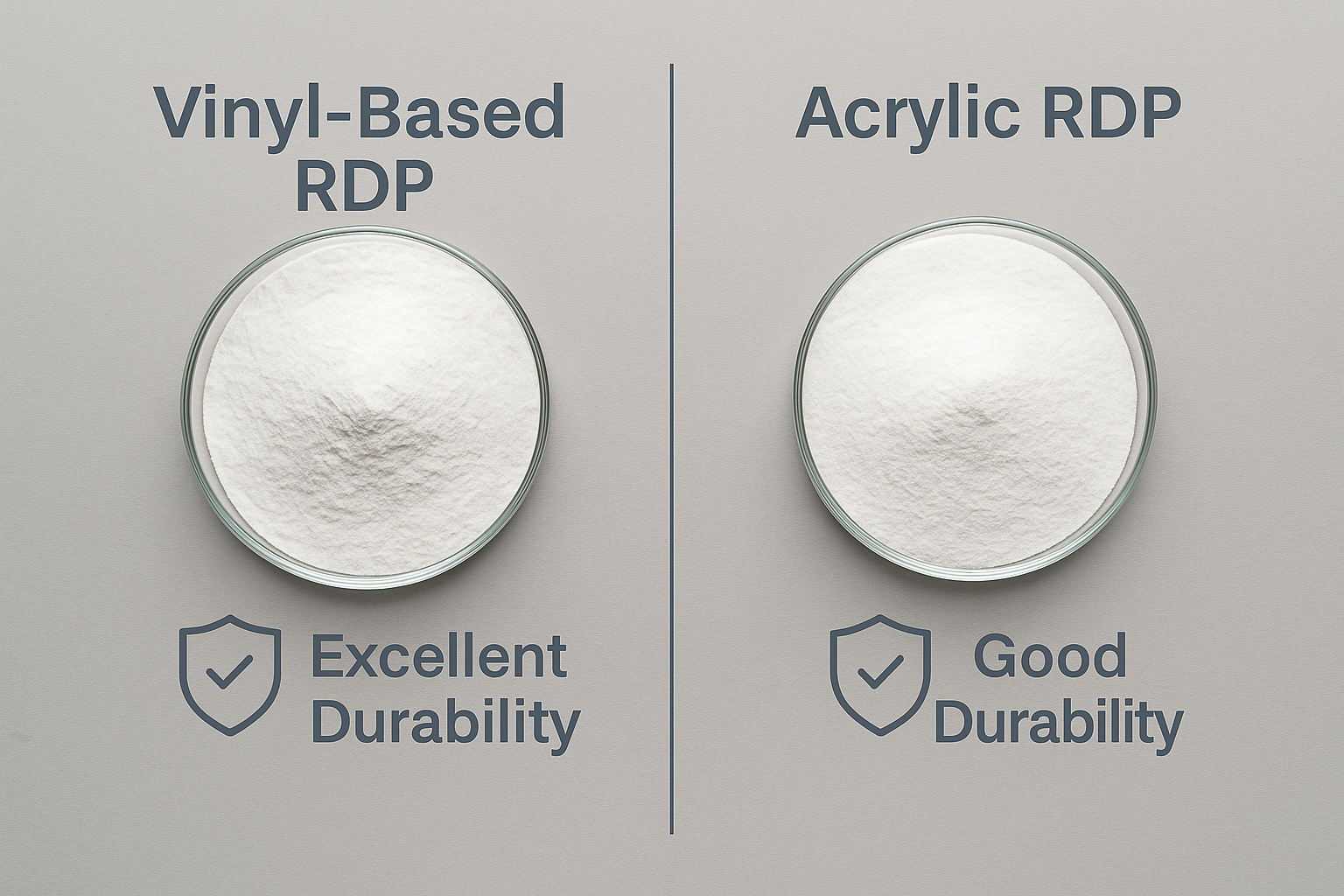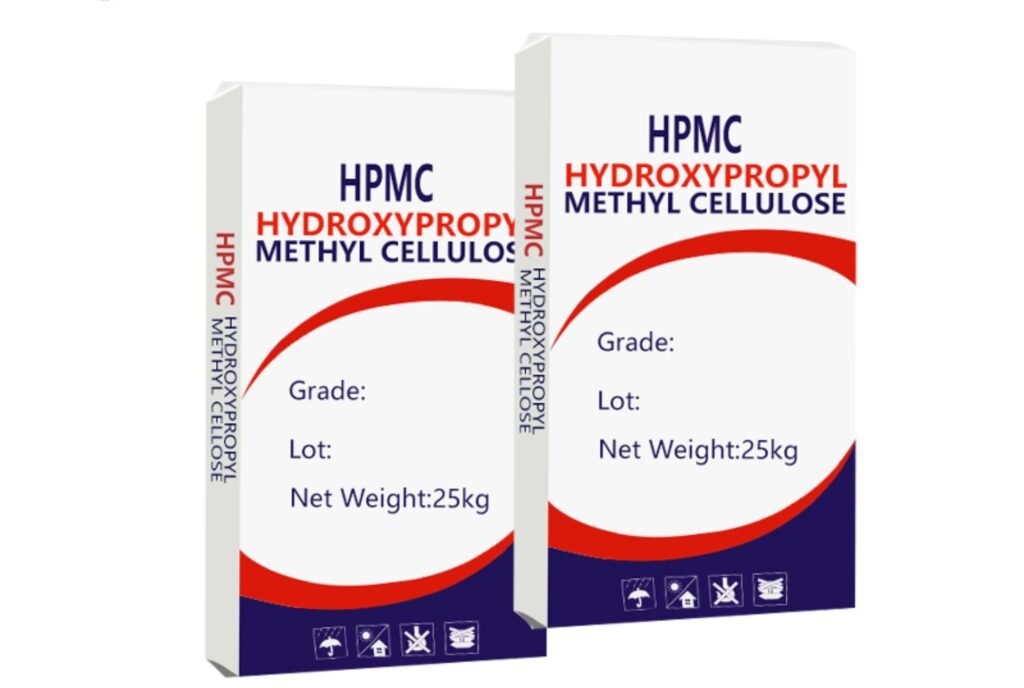Cracking, shrinkage, and low tensile strength plague traditional concrete structures, leading to premature failure and costly repairs. These common issues frustrate engineers and builders worldwide, impacting project durability and budgets.
Fiber reinforced concrete (FRC) is a special concrete mix containing fibrous materials that enhance its structural integrity. It improves tensile strength, controls cracking, increases impact resistance, and reduces shrinkage while maintaining workability compared to conventional concrete.
When I first encountered a major foundation failure on a commercial project, I realized how critical proper concrete reinforcement truly is. The right reinforcement method not only prevents structural problems but also extends the lifespan of concrete structures significantly. Let's explore the different types of fiber reinforced concrete and their specific advantages and disadvantages.
What Are the Different Types of Fiber Reinforced Concrete?
Poor concrete performance often stems from using the wrong type of reinforcement. Many construction projects fail prematurely because builders don't match fiber types to specific application requirements, resulting in unnecessary expenses and safety concerns.
The main types of fiber reinforced concrete include steel fiber reinforced concrete (SFRC), glass fiber reinforced concrete (GFRC), synthetic fiber reinforced concrete1 (using polypropylene, nylon, etc.), and natural fiber reinforced concrete (using plant fibers like sisal, jute, and hemp).
Steel Fiber Reinforced Concrete (SFRC)
Steel fibers2 come in various shapes and sizes, typically ranging from 0.5 to 2.5 inches in length with different cross-sections. They're made from carbon steel or stainless steel, offering exceptional tensile strength enhancement.
I've used SFRC extensively in industrial flooring projects where heavy machinery operates. The performance difference is remarkable - while regular concrete floors developed cracks within months, our SFRC installations remained intact for years despite constant heavy loads.
Steel fibers excel at:
- Increasing flexural strength by 50-70%
- Improving impact resistance by up to 40%
- Enhancing fatigue resistance significantly
- Reducing crack widths effectively
However, they do have drawbacks:
- Higher cost compared to some alternatives
- Potential for corrosion in exposed environments
- Can create difficulties in finishing surfaces
- May cause "balling" during mixing if not carefully controlled
Glass Fiber Reinforced Concrete (GFRC)3
Glass fibers used in concrete are specially treated alkali-resistant fibers that prevent degradation in the highly alkaline concrete environment. They're particularly popular in architectural applications due to their ability to create thin yet strong panels.
While working on a façade renovation project, I found GFRC allowed us to create complex decorative elements that would have been impossible with traditional concrete, all while maintaining necessary structural properties.
The key benefits of GFRC include:
| Advantage | Details |
|---|---|
| Weight reduction | Up to 75% lighter than standard concrete |
| Design flexibility | Can create thin, complex shapes |
| Durability | Excellent weathering characteristics |
| Fire resistance | Non-combustible material |
The disadvantages include:
| Disadvantage | Details |
|---|---|
| Higher cost | 2-3 times more expensive than standard concrete |
| Specialized skills | Requires trained fabricators |
| Limited structural use | Best for non-load bearing applications |
What Are the Common Fiber-Reinforced Concrete Advantages and Disadvantages?
Traditional concrete structures often develop micro-cracks during curing, creating vulnerabilities that worsen over time. Without proper reinforcement, these structures require frequent maintenance and have shorter lifespans, leading to significant long-term costs.
Fiber reinforced concrete4 offers advantages including enhanced tensile strength (15-40% increase), reduced cracking, improved impact resistance (up to 60% better), and better durability in freeze-thaw conditions. Disadvantages include higher initial costs (10-30% premium), potential mixing challenges, and sometimes reduced workability.

Synthetic Fiber Reinforced Concrete
Synthetic fibers include polypropylene, nylon, polyester, and polyethylene. Among these, polypropylene fibers5 are most commonly used due to their chemical inertness and reasonable cost. They come in microfibers (for plastic shrinkage control) and macrofibers (for structural enhancement).
I recently supervised a pool deck installation where we used polypropylene fiber reinforced concrete. Despite extreme temperature fluctuations in the region, the deck has shown minimal cracking compared to similar projects using standard concrete.
Synthetic fibers provide several benefits:
- Excellent control of plastic shrinkage cracking
- Increased freeze-thaw durability
- Improved impact and abrasion resistance
- Chemical resistance to alkalis and acids
Their limitations include:
- Lower tensile strength improvement compared to steel
- Some types can deteriorate with UV exposure
- May affect concrete pumpability at higher dosages
- Can sometimes create a fuzzy surface appearance
The dosage rates vary significantly based on the fiber type and application requirements:
| Fiber Type | Typical Dosage Rate |
|---|---|
| Microfibers | 0.5-1.5 lbs/cu yd |
| Macrofibers | 3-15 lbs/cu yd |
| Steel fibers | 25-100 lbs/cu yd |
| Glass fibers | 1-5% by volume |
Natural Fiber Reinforced Concrete
Natural fibers derived from plants like sisal, jute, hemp, and coconut (coir) have gained interest as sustainable alternatives. These renewable resources have lower environmental impacts and can be cost-effective in regions where these plants are abundant.
During a rural development project, we experimented with locally available coconut fibers as concrete reinforcement. While not suitable for primary structural elements, they performed adequately for non-load bearing walls and reduced overall construction costs significantly.
The advantages of natural fibers include:
- Renewable and biodegradable
- Low cost and energy consumption
- Good thermal and acoustic insulation
- Reduced environmental footprint
Their disadvantages are significant: - Lower durability in wet conditions
- Susceptibility to biological attack
- Inconsistent mechanical properties
- Limited long-term performance data
Conclusion
Different fiber types offer unique benefits for specific concrete applications, from steel fibers for industrial floors to natural fibers for sustainable building. Selecting the right fiber reinforcement is essential for maximizing concrete performance in your specific project conditions.
-
Exploring this resource will provide insights into the advantages and applications of fiber reinforced concrete, enhancing your understanding of its importance in construction. ↩
-
Explore the advantages of steel fibers in concrete applications, including their impact on strength and durability. ↩
-
Learn about GFRC's unique benefits, including weight reduction and design flexibility, making it ideal for architectural projects. ↩
-
Explore the advantages of Fiber reinforced concrete to understand its impact on construction durability and cost-effectiveness. ↩
-
Explore the advantages of polypropylene fibers in construction, including their durability and cost-effectiveness, to enhance your projects. ↩
